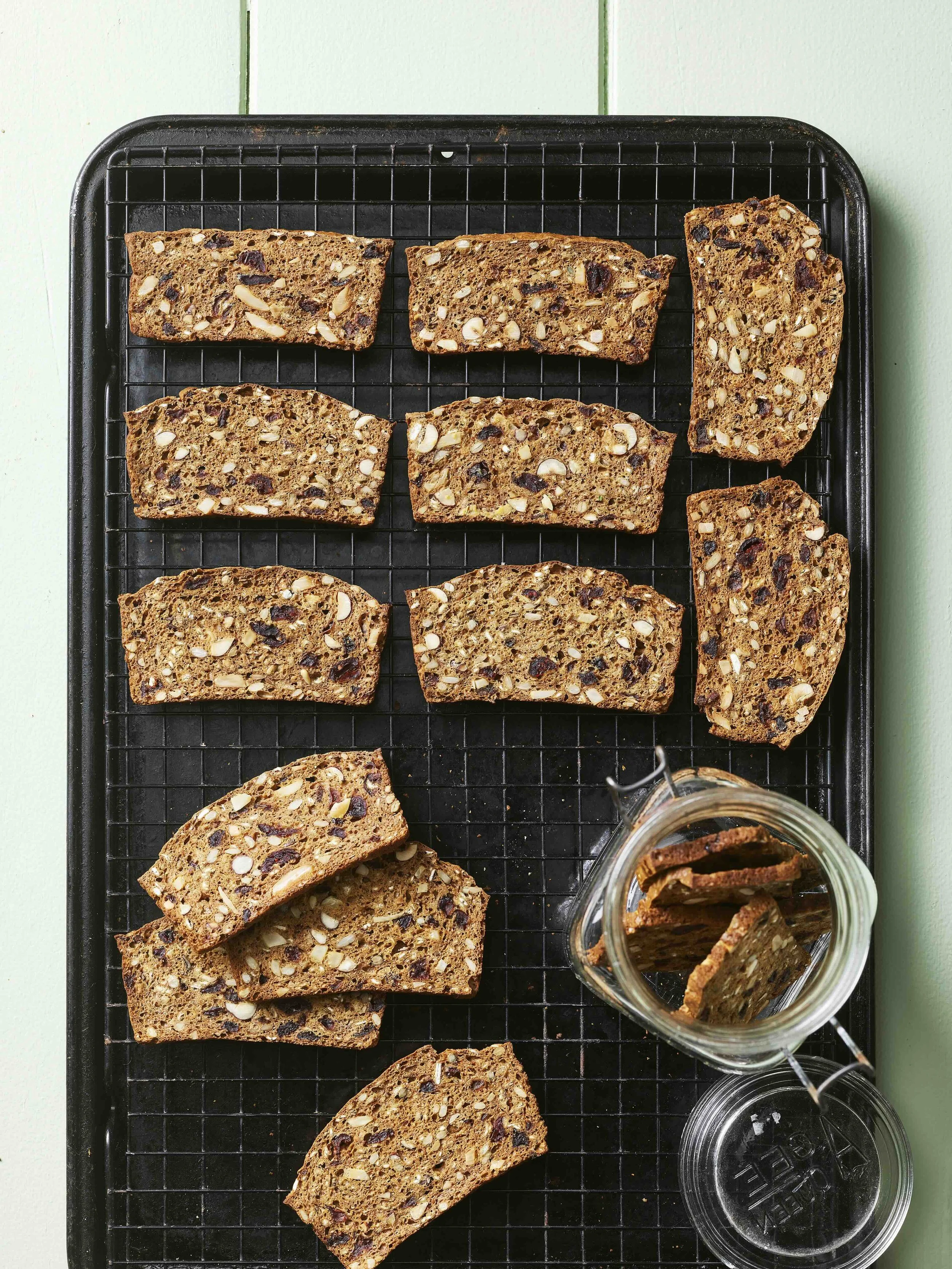Classic seed cake
It’s not terribly instagrammable. It doesn’t have sexy layers, frosting swirls, or drips of syrupy gorgeousness. It’s a bit plain. It's a seed cake and in decades past it was a favourite on the afternoon tea trolley; we find it darned delicious, in that rich, plain, buttery cake kind-of-a-way.
We’re big on plainish cakes like this and that other humble classic, Madeira cake. They’re fabulous with tea or coffee and don’t stop conversation in their tracks with imposing structure or extravagant good looks. Or the need to verbalise admiration for the baking skills required to make them. No one looks at a seed cake and says, “oh, wow, you made THAT? Gee you’re clever.” Yeah nah, generally people just require a short tutorial on what the seeds are that flavour it, then they just hoe in. The seeds are caraways and on that, caraway seeds aren’t even a seed. They’re technically the dried fruit of a biennial plant that looks similar to carrot greens (they’re related) and is a member of the parsley family. The seeds are a feature of Eastern European, Scandinavian and North African cuisines, their earthy, mildly liquorice notes used to flavour sauerkraut, breads, onion tart, fried potatoes, the Scandinavian rocket fuel called aquavit and even cheeses. And yes, cakes; the flavour became particularly popular in cake in England during the 18th and 19th centuries, although it’s reckoned caraway seeds have been used in Britain for well over 500 years. The taste fell out of favour at some point in the last century, maybe because more exciting ones came along? Caraways can hardly compare with double-choc-salted-caramel after all. We don’t know, but we’re big fans of the humble seed cake and think it deserves reviving. If you’ve never tried it, give it a go. The flavour of the seeds is a bit fresh, a bit citrusy, and a lot aniseed-y. It can quickly become addictive and if you find yourself falling for it, next batch around you can heave in even more.
Makes a 27 x 11cm (large) loaf
340g plain flour
2½ tsp baking powder
250g softened unsalted butter
250g caster sugar
4 large eggs
2½ tsp vanilla extract
4-5 tsp caraway seeds, or to taste
125ml (½ cup) milk
Preheat the oven to 180˚C. Lightly grease and flour the sides of a 27 x 11cm loaf tin, then line the base with baking paper.
Sift together the flour and baking powder, then set aside.
Using electric beaters, beat the butter and sugar until pale and fluffy. Add the eggs, one at a time, beating well between each. Add the vanilla. Add half the flour mixture, the caraway seeds and half the milk, then use a large metal spoon to combine well. Add the remaining flour and milk and stir well. Spoon the batter into the prepared loaf tin, smoothing the top even. Bake for 50-60 minutes, covering the top of the cake if it browns too much, until a cake tester withdraws clean. Cool the cake in the tin for 15 minutes, then turn it out onto a wire rack to cool completely.









